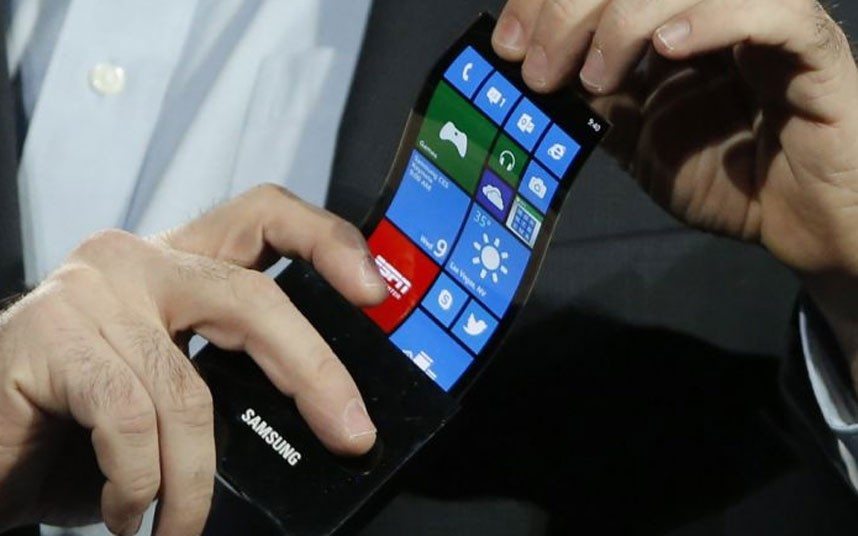Heaters are an essential part of the material synthesis and device processing and they are not the most efficient things. But now the Department of Material Science and Engineering at Maryland College has used 3D printing to produce high performance graphene oxide-based thermal supplies that could break the mould.
Traditional heating methods include a furnace, infrared radiation and lasers. They have become increasingly precise, efficient and more controlled. But this new 3D printed heater takes all those qualities to a whole new level.
It gets really hot
It can heat to temperatures of 3000K, thanks to the specific structure of the carbon material that allows it to conduct and sustain that temperature for a significant time.
That’s almost 5000 degrees Farenheit, which will open doors in terms of the industrial process. Researchers and developers will now have the chance to experiment with concepts that we simply cannot entertain at the moment.
This new heater also affords a new level of control and can be turned up to working temperature and cooled at a rate of approximately 20,000K/second. This will cut massive amounts of time from the process as a whole and increase the efficiency in terms of energy consumption.
Nanomanufacturing will benefit
These heaters have applications in a vast number of manufacturing techniques, including nanomanufacturing. Here it’s essential to control the ramping rate, exact temperature and the production process. The 3D printed graphene-based heater could have a real advantage and open up new possibilities.
Scientists have studied Graphene, which is found in compound form in graphite pencil lead, since 1947. But Professors Andre Geim and Kostya Novoselov finally isolated it in 2004. They won the Nobel Prize for their efforts, but it is still taking time for the scientific community as whole to get to grips with its potential.
It is the best at almost everything
It is the first true two-dimensional crystal and in its pure form is the strongest, lightest and stiffest material known to man. It is also ductile, transparent and an exceptional conductor of heat and electricity.
That gives it the capacity to provide better batteries and motion sensor coatings for windows. It could potentially form the next generation of wearable tech, it can provide lightweight and flexible screens and it can transform electronics and solar panels. It can even give us internet speeds we simply never dreamed of.
Imagination and physical supplies are the only limits
Really the only limit to Graphene’s uses is our imagination and actual physical supply. It has often been referred to as a miracle element and demand just keeps getting bigger as we uncover new uses for this game-changing element.
The supply chain for Graphene is the real issue and any company that can produce substantial amounts will be a serious force to be reckoned with.
Graphene could be the basic building block of everything. It is simply that flexible, that useful and that important.




